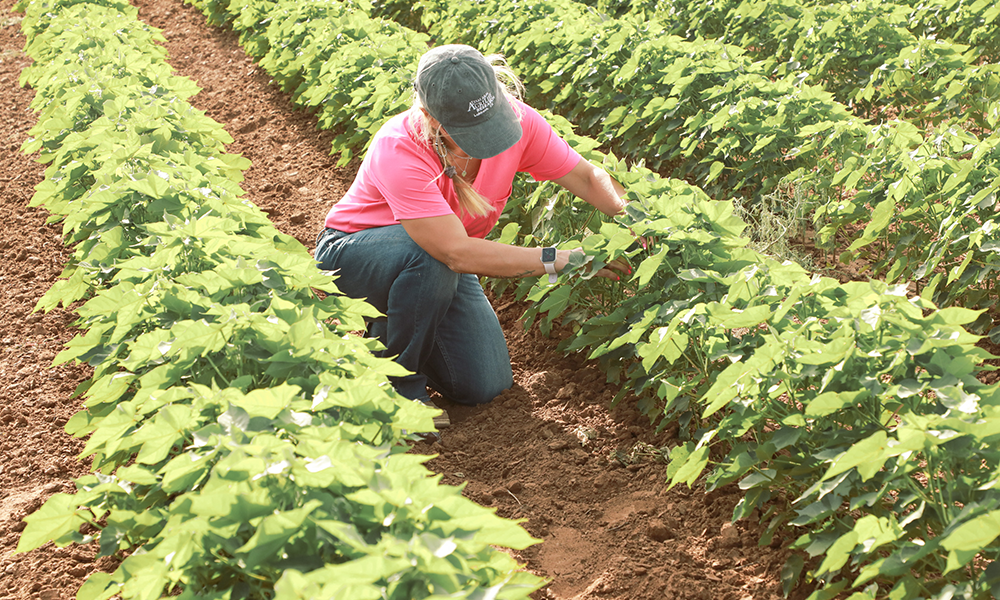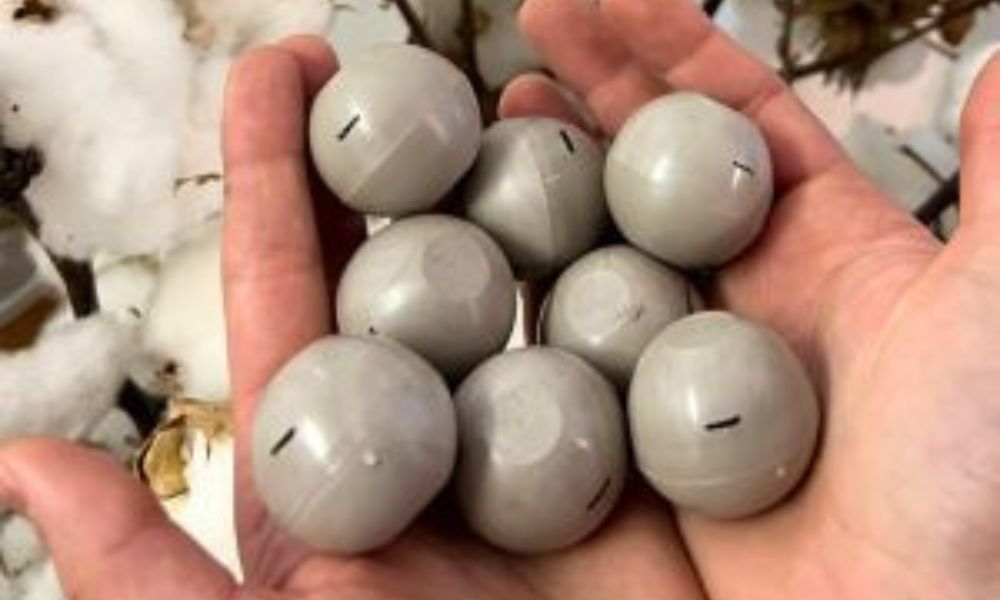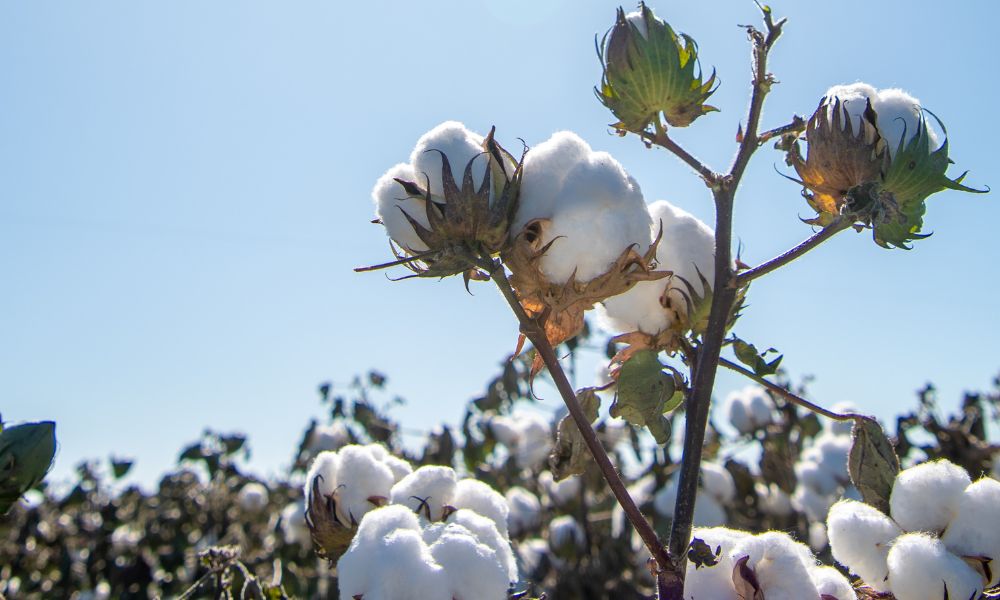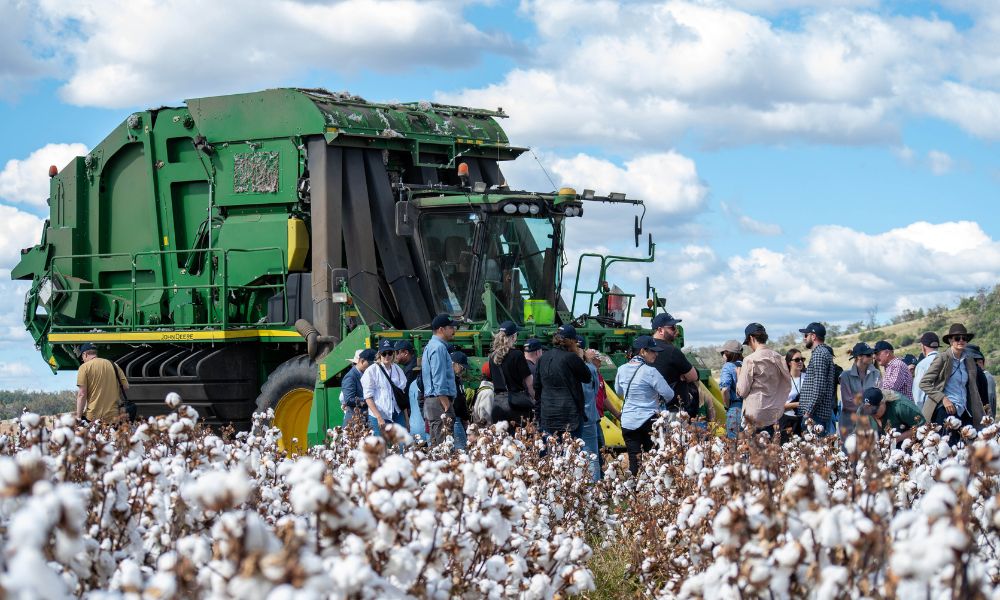New cotton circularity resource for supply chain professionals
December 17, 2020
New interactive model illustrates and explains the circular cotton life cycle
Cotton Incorporated has released an interactive digital model to help supply chain professionals clearly understand – and communicate – cotton’s circularity story.
As a natural fiber, cotton is naturally circular. It is grown from the earth and can be reused, recycled and even returned to the earth.
Business customers and consumers increasingly want to buy from companies that are committed to more than making money. Cotton provides opportunities to meet those expectations and advance the circular economy in a variety of markets.
The model walks viewers through cotton’s circular life cycle across four different product pathways:
- Textile to Textile: Woven and knit textiles including apparel and home goods such as bedsheets can be reused, recycled into new textiles and eventually returned to the earth.
- Textile to Nonwoven: Textiles including fabrics for apparel and home goods can be recycled into nonwoven products that are made using spunlaid, spunlace and other manufacturing methods.
- Textile to Engineered Material: Cotton manufactured into a textile can be recycled into a new, engineered product created through 3D printing or injection molding, for example.
- Nonwoven: Cotton manufactured into a nonwoven application like wet wipes can be composted after use.

At each step down the path, the model notes important research (especially in the areas of cotton biodegradability and composting), highlights recent innovations in the cotton supply chain, and connects readers with other significant resources like the global cotton life cycle assessment.
Meeting circular content goals can feel like a challenge. Simple yet accurate tools such as this model can help professionals more easily determine which materials contribute to their circularity and sustainability goals – and more easily make the case for cotton to other stakeholders when needed.
Check out the interactive cotton life cycle model here. For further resources and ongoing support related to cotton’s circular life cycle, contact us about becoming a Cotton LEADS℠ partner.
The work we do is possible because of collaborations with researchers like these and partnerships with people all throughout the value chain. Ready to commit to sustainably produced cotton? Become a Cotton LEADS℠partner today. Interested in doing even more? Contact us for ideas to get the most out of sustainable cotton and your partnership with Cotton LEADS.














Recent Comments